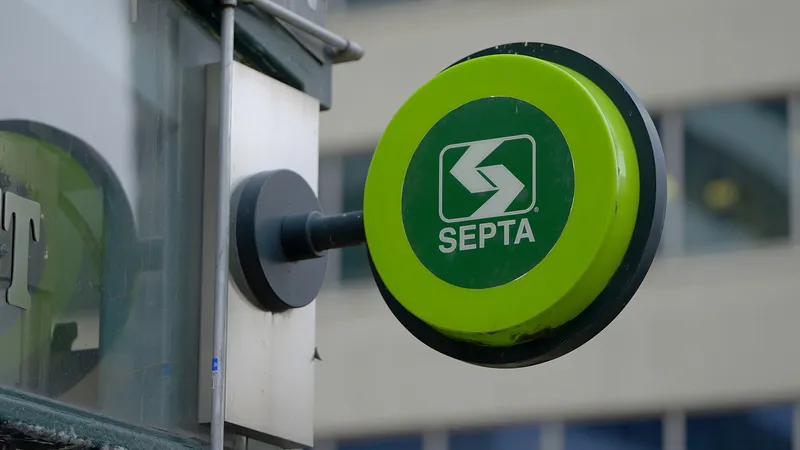Currently, 22 regional transit operators use Clipper in the Bay area, including Caltrain, SamTrans and Union City Transit.
The upgraded system will include an integrated mobile app supporting a virtual Clipper card and provide users access to real-time information, top up their accounts, plan trips and allow them to tap their phones through fare gates and on buses.
Users will be able to have access to stored value and pass purchases made online and via the mobile app. The system will also be able to accept contactless bank cards and mobile wallet technologies as acceptance grows in the US.
Matt Newsome, vice president and general manager, Western Region, CTS, says the company will bring new features and benefits early, such as mobile and new bus devices, while longer-term upgrades to the back office are completed.
CTS intends to operate the system in partnership with its cloud service partner Microsoft – which will provide the system’s financial, analytic and customer management software.
MTC is due to present the recommendations on 10 September to the Clipper executive board. It will then be considered by MTC’s operations committee on 14 September and then by the full commission on 26 September.
CTS started operating and maintaining the Clipper system on behalf of MTC in 2009.
CTS is preferred bidder to upgrade San Francisco Clipper system
Cubic Transportation Systems (CTS) has been chosen by the San Francisco Metropolitan Transportation Commission (MTC) as the preferred bidder to modernise the Clipper fare payment system.
Currently, 22 regional transit operators use Clipper in the Bay area, including Caltrain, SamTrans and Union City Transit.
The upgraded system will include an integrated mobile app supporting a virtual Clipper card and provide users access to real-time information, top up their accounts, plan trips and allow them to tap
September 10, 2018
Read time: 2 mins









